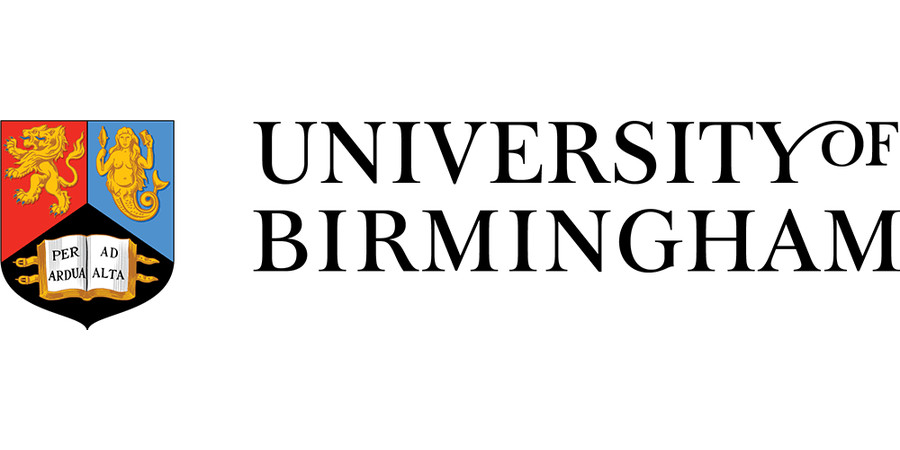PhD Studentship : Dating the Icelandic lowland glaciation Implications for Greenland Ice Sheet Vulnerability
University of Birmingham - School of Geography, Earth and Environmental Sciences
| Qualification Type: | PhD |
|---|---|
| Location: | Birmingham |
| Funding for: | UK Students, EU Students, International Students |
| Funding amount: | Not Specified |
| Hours: | Full Time |
| Placed On: | 18th November 2025 |
|---|---|
| Closes: | 7th January 2026 |
| Reference: | CENTA 2026-B21 |
Vulnerability of the Greenland Ice Sheet (GIS) to current climate warming, which could provide c. 7 m of dangerous sea-level rise if it melted completely, is a first-order global concern. GIS melt has already begun, but it is unclear whether it will gain pace significantly over the coming century, or what the associated sea-level rise will be.
One way to address this concern is to measure how the GIS grew to its current extent. During the Mid-Piacenzian Warm Period (MPWP), c. 3.2 million years ago, atmospheric CO2 concentrations were similar to present, and global temperature was as predicted for the coming century. Prior to the MPWP, the GIS was limited to a smaller upland area. As global temperature cooled after the MPWP, the GIS expanded rapidly to near its current extent. If we could measure the speed of initial GIS growth, it would be valuable in calibrating model forecasts of melt.
Reconstructing growth of the GIS is a 10s-of-million-dollar endeavour that requires deep drilling of marine sedimentary successions in iceberg-infested seas. Several international scientific drilling expeditions to collect this dataset are planned, but it will be >10 years before they bear full fruit.
Instead, this PhD project will get an answer much more quickly by exploiting the adjacent Iceland Ice Sheet (IIS) as a GIS analogue. The IIS also advanced rapidly from the uplands to the coast after the MPWP. Crucially, this advance is recorded by easily accessible sedimentary rocks in northeastern Iceland, and we have £40k of confirmed NERC facility funding to improve age resolution by a factor of >10. The PhD student will join a Birmingham-led, international, cross-disciplinary team to measure initial advance of the IIS, explore implications for the GIS, and pave the way for a NERC-funded study.
For further information on this project and details of how to apply to it please visit https://centa.ac.uk/studentship/2026-b21-dating-the-icelandic-lowland-glaciation-implications-for-greenland-ice-sheet-vulnerability/
Further information on how to apply for a CENTA studentship can be found on the CENTA website: https://centa.ac.uk/apply/
Funding notes:
This project is offered through the CENTA3 DLA, funded by the Natural Environment Research Council (NERC). Funding covers: annual stipend, tuition fees (at home-fee level), Research Training Support Grant.
Academic requirements: at least a 2:1 at UK BSc level or a pass at UK MSc level or equivalent.
Further information: https://centa.ac.uk/apply/
International students are eligible for studentships to a maximum of 30% of the cohort. Funding does not cover any additional costs relating to moving or residing in the UK. International applicants must fulfil the University of Birmingham’s international student entry requirements, including English language. Further information: https://www.birmingham.ac.uk/postgraduate/pgt/requirements-pgt/international/index.aspx.
References:
Allison, M.S., Hall J.R., Papadopoulos, M.T., Eiríksson, J., Jones, S.M. (2025) ‘Updated stratigraphy and structure of the Barmur Group (Tjörnes beds, Iceland) and implications for the opening of the Bering Strait’, in: Hernández-Molina, F.J., Davoli, G., Stirling, E.J., Chiarella, D. and Viana, A.R. (eds) Oceanic Gateways: Modern and Ancient Analogues and their Conceptual and Economic Implications. Geological Society, London, Special Publications, 553, https://doi.org/10.1144/SP553-2023-152.
Geirsdóttir, Á., Eiríksson, J. (1994). ‘Growth of an Intermittent Ice Sheet in Iceland during the Late Pliocene and Early Pleistocene’, Quaternary Research 42(2), 115–130, https://doi.org/10.1006/qres.1994.1061.
Hall, J.R., Allison, M.S., Papadopoulos, M., Barfod, D., Jones, S. (2023) ‘Timing and consequences of Bering Strait opening: new insights from 40Ar/39Ar dating of the Barmur Group (Tjörnes beds), northern Iceland’, Paleoceanography and Paleoclimatology, 38, e2022PA004539, https://doi.org/10.1029/2022PA004539.
Advert information
Type / Role:
Subject Area(s):
Location(s):









